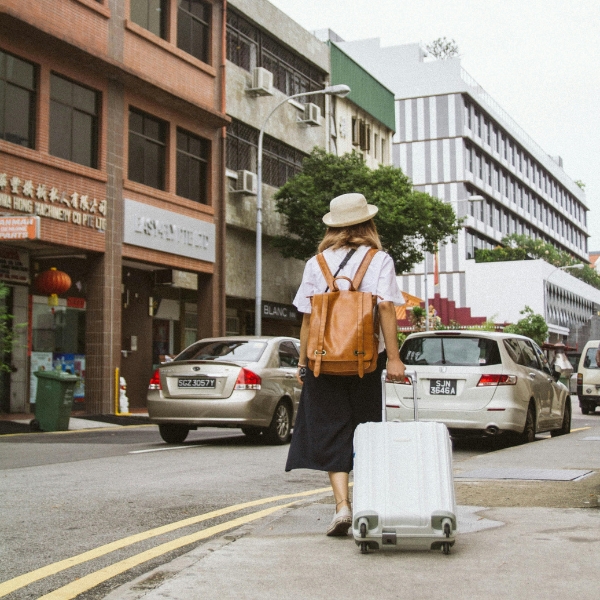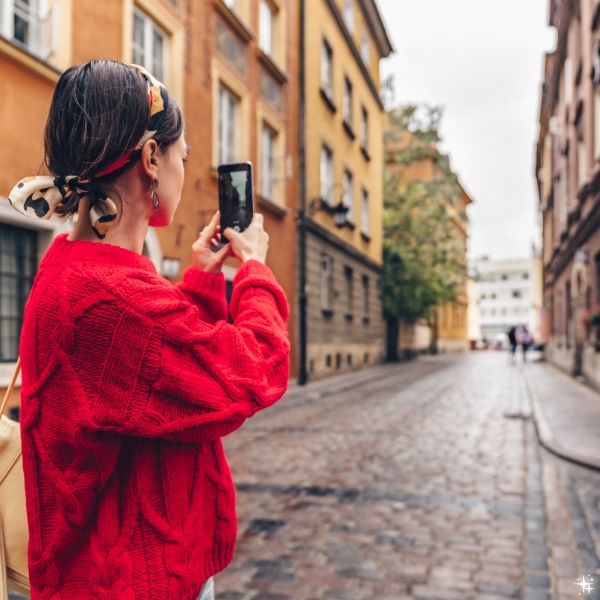Most Common Tourist Traps In Europe. Tourist Traps in Europe You Should Skip on Your Next Trip. Know Before You Go: Europe’s Biggest Tourist Traps. Don’t Get Caught! Europe’s Biggest Tourist Traps.
This site contains affiliate links. For more info, please see our full disclosure.
Traveling to Europe is an exciting adventure filled with culture, history, and beautiful landscapes. However, like any popular destination, Europe has its share of tourist traps. Knowing how to spot and avoid these traps can save you time, money, and frustration, allowing you to enjoy a more authentic and rewarding experience.
Visiting popular tourist areas is all part of the adventure—after all, you’re a tourist eager to explore! But just because you’re hitting the hotspots doesn’t mean you have to fall into the common tourist traps. Embrace the popular sites, but explore with curiosity and an eye for the unexpected. This way, you’ll truly get the best of both worlds!
Signs of a Tourist Trap
- Aggressive Sellers: If someone is trying too hard to sell you something, it’s probably a trap.
- Crowds of Tourists: Overcrowded spots often cater to tourists more than locals.
- Too Many Souvenir Shops: A high concentration of souvenir shops usually signals a touristy area.
- Overly Themed Decor: Places that look overly themed or ‘authentic’ might be set up just for tourists.
How to Prepare and Protect Yourself
- Do Your Research: Before you travel, read up on common scams and tourist traps in the city or country you’re visiting.
- Keep Emergency Contacts Handy: Know the local emergency number (like 112 in the EU), and have your embassy’s contact details in case of trouble.
- Learn Basic Phrases: Knowing a few key phrases in the local language can help you navigate situations and show that you’re not an easy target.
- Be Cautious with Your Belongings: Use anti-theft bags, keep important documents safe, and avoid flashing cash or expensive items.
Most Common Tourist Traps In Europe
- Overpriced Restaurants in Tourist Areas
- What to Watch For: Menus in multiple languages, aggressive touts inviting you in, and prices that seem too high for the area. Now, it is quite common for restaurants in popular areas to have their servers call out and ask you in. BUT, it is important to check the menu first so you won’t be stuck inside a restaurant that’s not even worth your time and money.
- How to Avoid: Walk a few blocks away from major attractions to find local eateries where locals actually dine. Check online reviews beforehand. For some more popular local spots, you will most likely need to book a reservation online.
- Souvenir Shops Selling Cheap Trinkets
- What to Watch For: Shops filled with mass-produced items, especially near famous landmarks.
- How to Avoid: Look for locally made products in less touristy areas or visit local markets. The more crowded souvenir shops do have some small things that are cheap and might be great for smaller trinkets like magnets, pens, and even hats. However, if you are looking for more authentic gifts, you’ll find them at a local shop.
- Expensive Guided Tours
- What to Watch For: Tours that promise exclusive access or sound too good to be true.
- How to Avoid: Research and book tours in advance through reputable companies. Consider self-guided tours with audio guides or apps. I have used GetYourGuide way too many times. I have researched and read reviews before I booked tours and tickets. It was a great experience.
- Street Performers Demanding Money
- What to Watch For: Performers or people dressed in costumes who become aggressive if you don’t tip.
- How to Avoid: Enjoy street performances from a distance, and if you choose to tip, do so willingly and on your own terms.
- Pickpocket Hotspots
- What to Watch For: Crowded tourist areas, public transportation, and people getting too close for comfort.
- How to Avoid: Keep your belongings secure in a money belt or anti-theft bag. Stay alert and avoid distractions. I often have a tiny belt bag under my shirt that has my passport and wallet, and then the rest of my stuff is in a tote that’s easy and comfortable to carry.
- Fake ‘Help’ Offers
- What to Watch For: Strangers offering unsolicited help at ATMs or train stations.
- How to Avoid: Politely decline and manage your transactions yourself. If you need help, ask official staff or go to a secure area.
- Taxi Scams
- What to Watch For: Taxis that don’t use meters or drivers taking unnecessarily long routes.
- How to Avoid: Use ride-hailing apps or pre-arranged services. If you must take a taxi, ensure the meter is running or agree on a fare before starting.
- ‘Free’ Bracelets or Roses
- What to Watch For: People offering ‘gifts’ like bracelets or roses, then demanding payment after you accept.
- How to Avoid: Firmly decline any unsolicited offers, and keep walking. DO NOT even accept it. Do not receive or hold anything that is handed to you.
- Overhyped Attractions
- What to Watch For: Attractions that are heavily marketed but offer little real value.
- How to Avoid: Do your research and read reviews from other travelers. Focus on less crowded, authentic experiences. You can of course still check those attractions out, but know what you are expecting so you won’t spend all your time there if it has no real value to you.
- Currency Exchange Rip-offs
- What to Watch For: Exchange booths with unfavorable rates or hidden fees.
- How to Avoid: Withdraw cash from ATMs or use a credit card with no foreign transaction fees. Avoid airport exchange booths if possible.
Areas to Avoid (Most Common Tourist Traps In Europe)
- Overly Crowded Tourist Districts: These areas are often packed with overpriced attractions and pickpockets.
- Unfamiliar or Unsafe Neighborhoods: Stick to well-known, safe areas, especially at night. Research any neighborhoods that locals advise against.
- Sketchy Public Transportation: In some cities, certain bus or train lines may be known for pickpocketing or scams—check travel advisories for details.
Reaching Authorities and Getting Help
- Know the Local Emergency Number: In Europe, 112 is the universal emergency number.
- Locate the Nearest Embassy or Consulate: Have the address and phone number saved for your country’s embassy or consulate in the area.
- Use Local Apps: Some cities have apps that allow you to report issues or access help quickly.
- Note Where The Hospitals And Police Stations Are. Food poisoning from street foods is more common than you think and Asia is known for street foods. If you have sensitivities and health issues, knowing where the closest hospital is will help you book your accommodation in a closer proximity. Call your travel insurance ahead of time to ensure that you are covered for possibilities. Ask the insurance representative how you’ll manage and what the process is for when you are in need of medical attention.
What You Really Need To Know
By staying informed and prepared, you can enjoy a safe and fulfilling trip without falling into the common tourist traps. Embrace the local culture, explore beyond the typical tourist spots, and make the most of your European adventure!
When traveling through Europe, it’s easy to fall into the most common tourist traps, but with a little planning, you can avoid them. Whether it’s paying the entrance fee to kiss the Blarney Stone or snapping a photo at the Leaning Tower of Pisa, these spots often feel more like a checklist than a genuine experience. Places like the London Dungeon or Temple Bar can be overcrowded with tourists, making it hard to appreciate the true culture.
Even iconic sites like the Eiffel Tower or the Mona Lisa sometimes leave you feeling more like a tourist than a traveler. To make the most of your trip, follow guides like Rick Steves, who steer you away from the tacky tourist spots. Instead, explore local gems and lesser-known attractions to immerse yourself in authentic history and culture. Use resources like Getty Images to get a preview of what these spots look like before your visit. Remember, it’s all about finding the balance between iconic and meaningful experiences.









